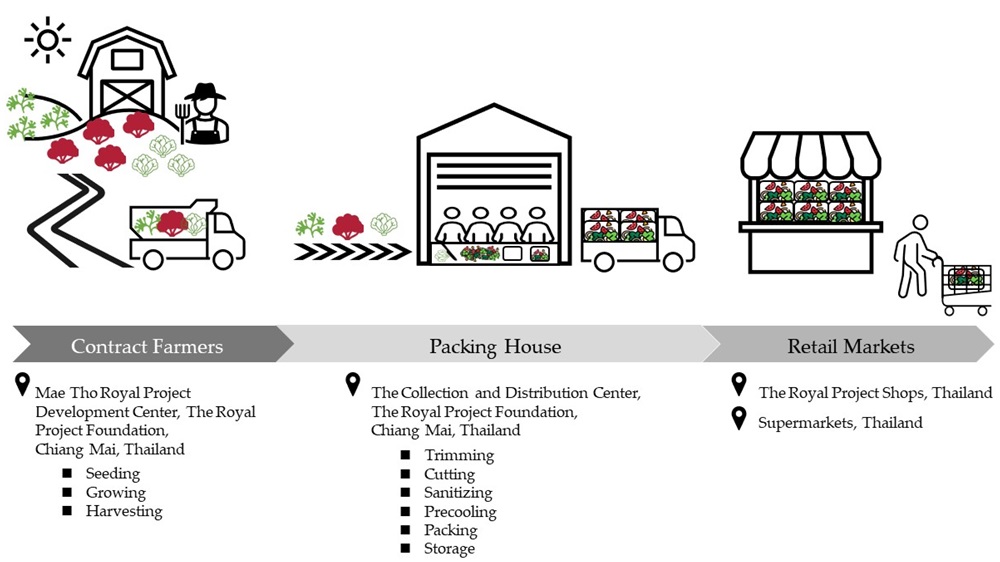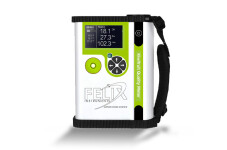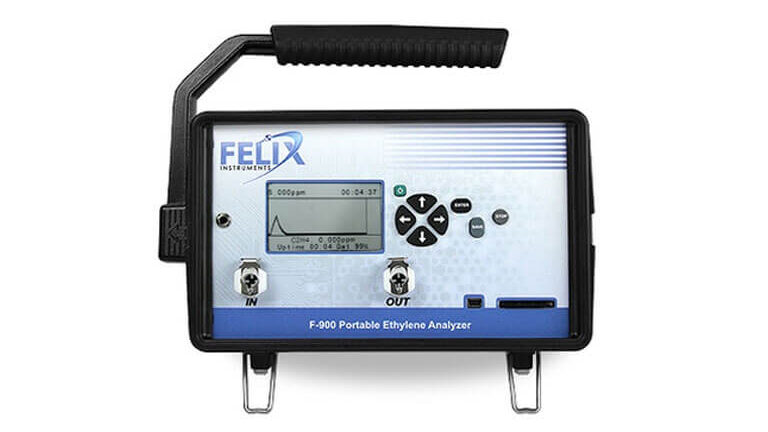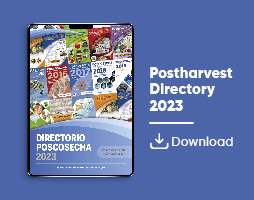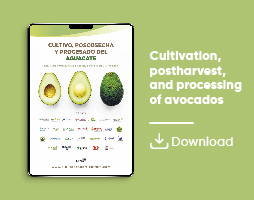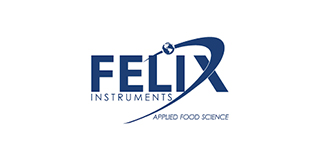

Felix Instruments
Measurements
How Fresh Produce Quality Control Meters Save Money By Reducing Loss and Time
Utilizing Felix Instruments devices for preharvest and postharvest quality monitoring enhances quality control, minimizing losses at critical points in the supply chain
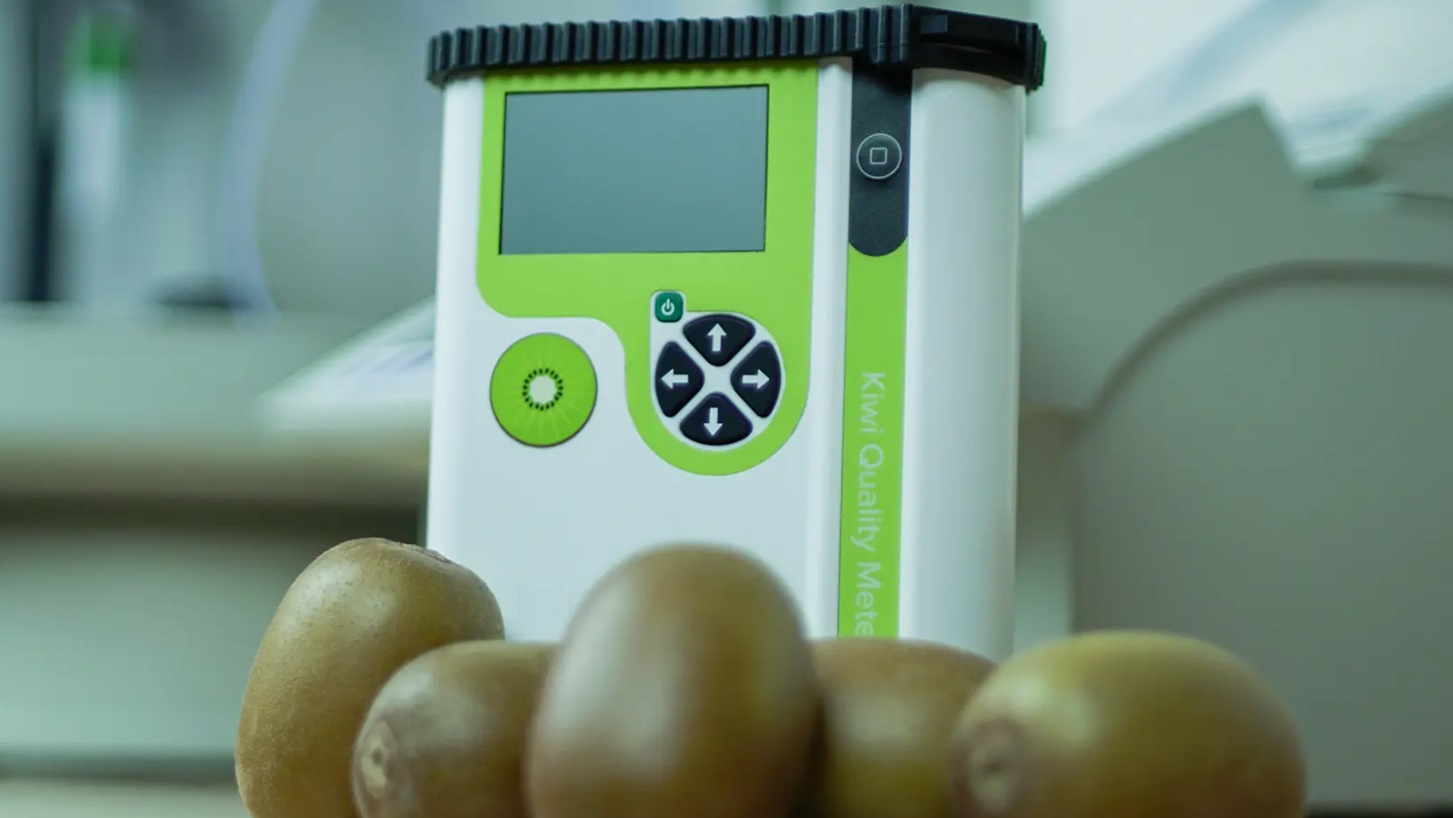
The fresh produce supply chain stakeholders, like growers, packers, suppliers, distributors, and retailers, can increase their profits by reducing food loss and time investment using precision quality meters. Regular monitoring and controlling quality parameters help overcome the challenges of farm labor shortage and fresh produce perishability. This article will show how quality meters can help.
Why Quality Control Helps
Fresh produce has a short postharvest lifespan as it is perishable due to its high water content. Fruit and vegetables are prone to water loss and respiration, which reduces weight and initiates ripening or decay. Moreover, physical injury and bruising affect the quality and encourage microbial attacks and spoilage.
Stakeholders can limit these negative changes by monitoring quality parameters. For example, changes in appearance can indicate dehydration, bruising effects, or disease and pest damage.
Monitoring fresh produce quality at various critical stages in the supply chain allows people to take corrective actions to prevent yield loss and maintain optimal food quality to meet retail standards and consumer preferences so that it is not rejected.
Advantages of Using Precision Fresh Produce Quality Control Tools
Precision fresh produce quality control tools are usually based on Near-infrared spectroscopy, like portable Felix Instruments Applied Food Science’s F-750 Produce Quality Meter and customized F-751 series. The tools collect spectral data and analyze them to give actionable and easy-to-understand measurements of quality parameters in real-time. Moreover, these results are precise and objective and can be shared with other stakeholders for FDA compliance.
The fresh produce quality control parameters monitored are external color, size, shape, flavor (aroma + taste), and internal attributes like firmness, dry matter, total soluble solids (TSS), and titrable acidity.
Traditional tools, such as charts for appearance, or destructive tools, like penetrometers and refractometers for estimating firmness and Brix, are time-consuming and damage fruits.
Measuring internal biochemical parameters requires laboratory space, equipment, time, and skilled personnel. Or it involves long waiting times for tests from local laboratories and loss of crucial windows for corrective measures.
Challenges Precision Tools Solve
The two main challenges facing the fresh produce industry are food loss and labor shortages, which affect the stakeholders’ income.
Labor Issues
In 2024, the U.S. net farm income is expected to decrease by 25.8 percent compared to 2023. Production costs rise due to high labor fees driven by shortages and policy. Fresh produce production is labor-intensive, especially during harvest. As a short-term solution, growers adjust by harvesting less, reducing yield quantities.
Growers want to introduce mechanical aids and labor-saving equipment. Devices like quality control tools could be used to check and select crops ready for harvest. Growers can pick crops at optimal maturity and use their crops and available labor better.
Food Loss
Figure 1 shows that around 40 to 50 percent of fresh produce, compared to 20, 30, and 35 percent for seafood, cereals, and meats, respectively, is lost in the supply chain before it reaches consumers.

Figure 1. “A flow diagram of fresh fruit and vegetable supply chain illustrating the waste generated at each stage” Elik et al. 2019. (Image credits: 10.7176/JSTR/5-3-04)
Food loss is a reduction in fresh produce quantity and degradation of quality. These losses can be curtailed by quality control with precision devices on the site, as discussed below:
- Harvest time is fixed using a maturity index based on dry matter, or TSS, to ensure the best quality, meet consumer satisfaction, and prolong shelf life.
- Postharvest monitoring during packaging, sorting, grading, storage, transport, ripening, and retailing allows the culling of spoilt food to prevent the spread of microbes or ethylene to other batches to prevent food loss.
- Maturity and other quality parameters guide the choice of postharvest optimum relative humidity conditions, temperature, and gases in controlled atmospheres.
- Proper monitoring during ripening gives higher quality and more useable yield to reduce losses and increase ROI.
By using precision tools, stakeholders save quality testing time. They get immediate results that can guide them in quickly protecting their crops. As a result, the entire supply chain makes more profits because it reduces fresh produce losses and labor expenditures. It will also improve society’s food security.



 Applications.png)
